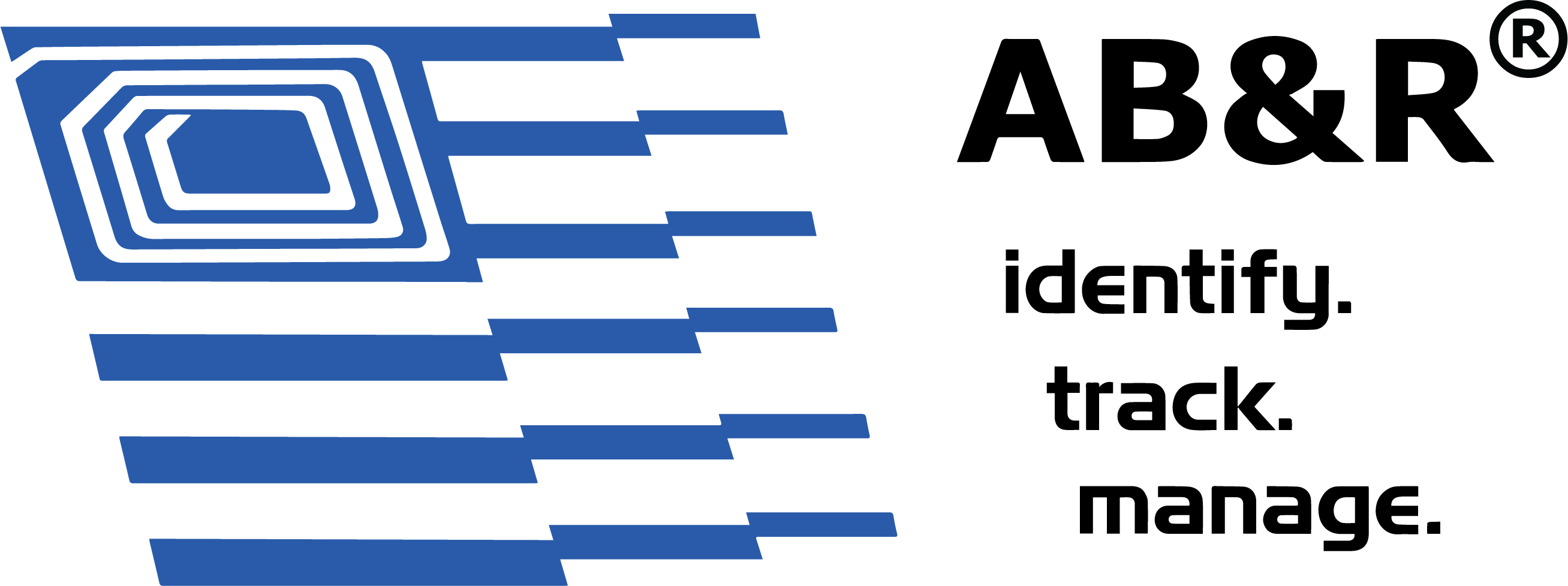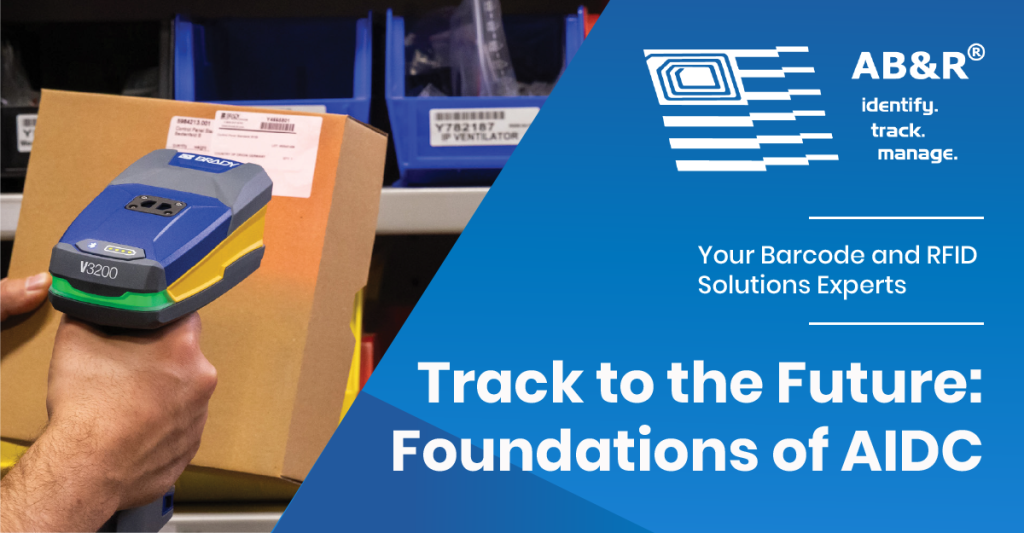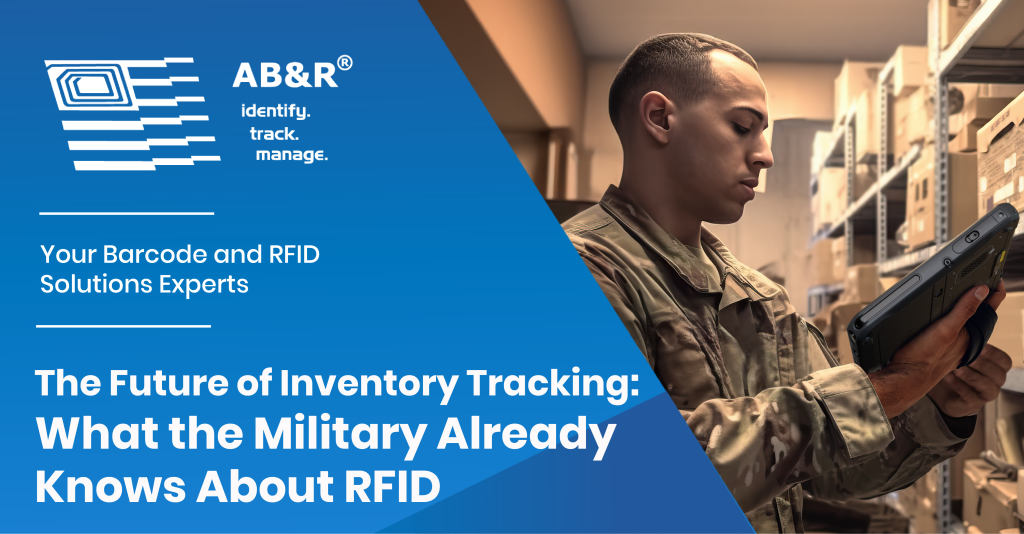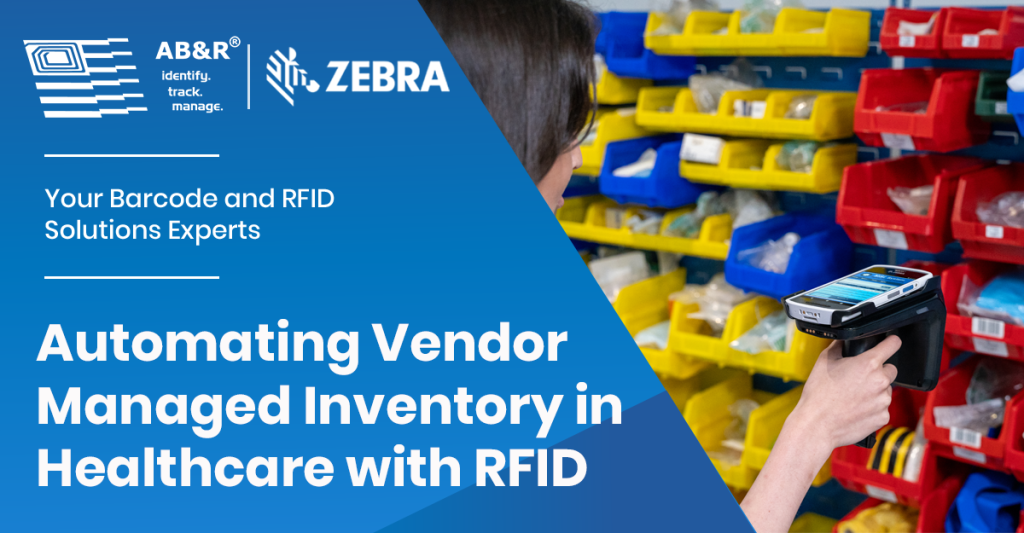Here’s how you can quickly identify and take the right steps to improve your warehouse efficiency and performance with the Zebra Warehouse Maturity Model.
If your warehouse is struggling to achieve better operational efficiency and manage orders and inventory with faster turnaround times, better accuracy, and better visibility, then there’s a good chance that you need to modernize.
Many warehouses struggle with slow, manual, and outdated processes that get in the way of getting work done. But the hard part is figuring out how to prioritize and address those issues and how to develop and execute the right modernization and improvement strategy.
This is where having the right strategic framework and some helpful resources to guide your assessment and decisions can be a huge help, and it’s why our warehouse modernization experts at American Barcode & RFID (AB&R) recommend the Zebra Warehouse Maturity Model.
The Zebra Warehouse Maturity Model
Zebra’s Warehouse Maturity Model is a five-phase framework that breaks down warehouse modernization into manageable stages based on your specific needs and where you need to improve in your operations.
The model provides a structure and strategic guidance to help you assess which phase you’re in today, the issues and challenges you need to address, and how to get from where you are and where you want to be, in individual phases and ultimately toward a long-term vision of true warehouse modernization and maturity.
At AB&R, we use this model with our warehousing, distribution, and logistics customers to help assess their current situation, ask key questions to help identify and prioritize where they need to focus their improvement efforts, and recommend the right changes, strategies, and technology investments to help them modernize, automate, and optimize their operations for vastly better efficiency, inventory visibility, capacity, decision-making, and demand forecasting.
To get a quick sense of how the model works and how we use it, let’s take a look at five key questions that many warehouses and distribution centers struggle to answer, and how those tie into each phase of the Warehouse Maturity Model.
If you’d rather jump right into a quick self-assessment, based on these same questions, and quickly access some free resources with guidance and recommendations on your specific phase(s) and where you need to focus your warehouse improvement efforts, you can take our Interactive Warehouse Maturity Model Questionnaire right now.
1. Do we know what inventory we have on hand?
This seems like a pretty basic question that every warehouse should be able to answer, but anyone who’s worked in a warehouse knows that inventory visibility and accuracy can be difficult to achieve and maintain.
If you’re facing situations where you don’t always know which inventory you have on hand and whether you have the right quantities and replenishment, then your warehouse is at least partly in phase one of the Warehouse Maturity Model.
The root causes of inventory blindness, inaccuracy, and uncertainty are typically:
- ∙ A lack of proper data capture in your workflows
- ∙ Insufficient or inefficient scanning and tracking
- ∙ Lack of connectivity between workers, processes and transactions
Once you know that you’re in this phase and need to tackle these issues, then the Warehouse Maturity Model provide specific guidance and recommendations to help you address those root causes and get to true inventory visibility, where you know exactly what inventory you have on hand and can replenish and manage your inventory far more effectively.
You can take our Interactive Warehouse Maturity Model Questionnaire right now to verify which phase(s) you’re in and access our quick reference sheets with specific guidance and recommendations.
2. How do we handle more SKUs and order volume in our warehouse?
Another common challenge for warehouses and distribution centers is how to support more SKUs and more order volume.
Many struggle with limited capacity and throughput, but they need to manage more inventory and fulfill more orders, and they need to break through those barriers.
This is where team and workflow efficiency are often the keys. But there are some common reasons why you might not be able to achieve that efficiency:
- ∙ Manual key entry
- ∙ Slow and inefficient processes
- ∙ Errors and inconsistencies
- ∙ Outdated systems or technologies
- ∙ Difficulty in onboarding and training more workers
All of these issues can dramatically limit how much capacity your workers and warehouse can handle. So, if you’re facing these kinds of challenges, then your warehouse is at least partly in phase two of the Warehouse Maturity Model, and you need to focus on improvements in this phase and some or all of those areas.
To get started, you can complete our Interactive Warehouse Maturity Model Questionnaire to verify your phase(s) and situation and download reference sheets with guidance on the improvements you need to achieve.
3. How do we get rid of warehouse bottlenecks?
A huge obstacle to warehouse efficiency is eliminating bottlenecks. Often, when you’re struggling with efficiency and capacity, there are bottlenecks that are further slowing down and impeding your processes and creating inventory visibility problems.
Often, there are a couple of major reasons for this:
- ∙ Manual and paper-based workflows are dramatically slowing things down
- ∙ Legacy systems, devices, and technologies are too slow and cumbersome
- ∙ Scan-based tracking processes are not fast or accurate enough
If this sounds like your warehouse or distribution center, then you’re grappling with issues in phase 3 of the Warehouse Maturity Model. This is where you look for ways to eliminate bottlenecks that are still holding you back and leaving you blind to some of your inventory or
transactions.
Our interactive questionnaire will help you verify that this is the phase you’re in, and it will give you quick access to some helpful reference sheets with specific recommendations and guidance.
4. How do we prioritize and make better decisions in our warehouse?
Even if your processes are optimized and efficient, and you can perform transactions and manage your inventory and volume with good speed and accuracy, you still might not have the ideal systems in place to really see all your inventory, locations, workers, and processes, and make more informed and prioritized decisions.
This is where phase four of the Warehouse Maturity Model can help you address some of the common problems that prevent better prioritization and decision-making, including:
- ∙ Lack of true, real-time data to enable real-time decisions
- ∙ Absence of analytics and tools to measure and quantify performance
- ∙ Lack of system integration and data sharing
- ∙ Lack of real-time workforce and productivity visibility
If these are issues, you’d like to overcome, so you can prioritize and make better decisions, then start with our self-assessment questionnaire and then download the corresponding tip sheets that will point you toward the right steps you need to make.
5. How do we better respond to changing warehouse demand?
If you want to stop reacting, get ahead of changing demand, and actually start getting more proactive and predictive in your warehouse operations, then ultimately you want to get to phase five of the Warehouse Maturity Model.
In this phase, you’ll typically focus on underlying root causes such as:
- ∙ Lack of predictive data and information
- ∙ Insufficient or ineffective human data interpretation
- ∙ Lack of optimal workflows to react quickly to disruptions
- ∙ Lack of visibility beyond the four walls of the warehouse
If you’re facing any or all of these problems, and they’re keeping you from being less reactive and more proactive and predictive in your warehouse operations, then you’re at least partly in phase five of the Warehouse Maturity Model.
To identify what you’ll need to do to get from your present state to your desired end game, then start with our Interactive Warehouse Maturity Model Questionnaire and download our quick reference sheets with tips and guidance to help get you on your way.
How to Learn More and Start Using the Warehouse Maturity Model
Hopefully this article has helped you get a sense of how the Warehouse Maturity Model framework works, how it helps break warehouse improvement and optimization into specific phases, and how you can use it as a handy guide to where and how you need to focus.
To learn more, visit our Find My Phase web page and take our interactive self-assessment questionnaire with free downloads to help you get started. But, for the best results, reach out to our warehouse modernization experts at AB&R, and we’d be happy to give you a personalized walkthrough. We’ll help you identify and prioritize your needed improvements and provide professional guidance and resources to help you start modernizing and optimizing your warehouse for better efficiency and performance.
About AB&R
AB&R® (American Barcode and RFID) is a long-time leader in data capture, mobile computing, RFID and IoT solutions, providing businesses and industries with advanced technology to optimize efficiency, boost productivity and accuracy, and reduce operating costs. We provide expert strategic guidance and proven technologies to help you identify, track, and manage inventory and assets throughout your supply chain. For over 40 years, we’ve been a trusted expert in technical innovation, providing services and solutions to transform businesses and unlock their full potential.
Need to track tools in real time? Want faster, more accurate food labeling? Let AB&R show you how the right software can transform your operations.
Visit AB&R’s website or give us a call at 800-281-3056. We’ll help you make informed decisions that keep your business in the lead.
#InventorySolutions #FoodLabeling #AssetTracking #AccuvitiITM #SupplyChainTech #Zebra #Brady






